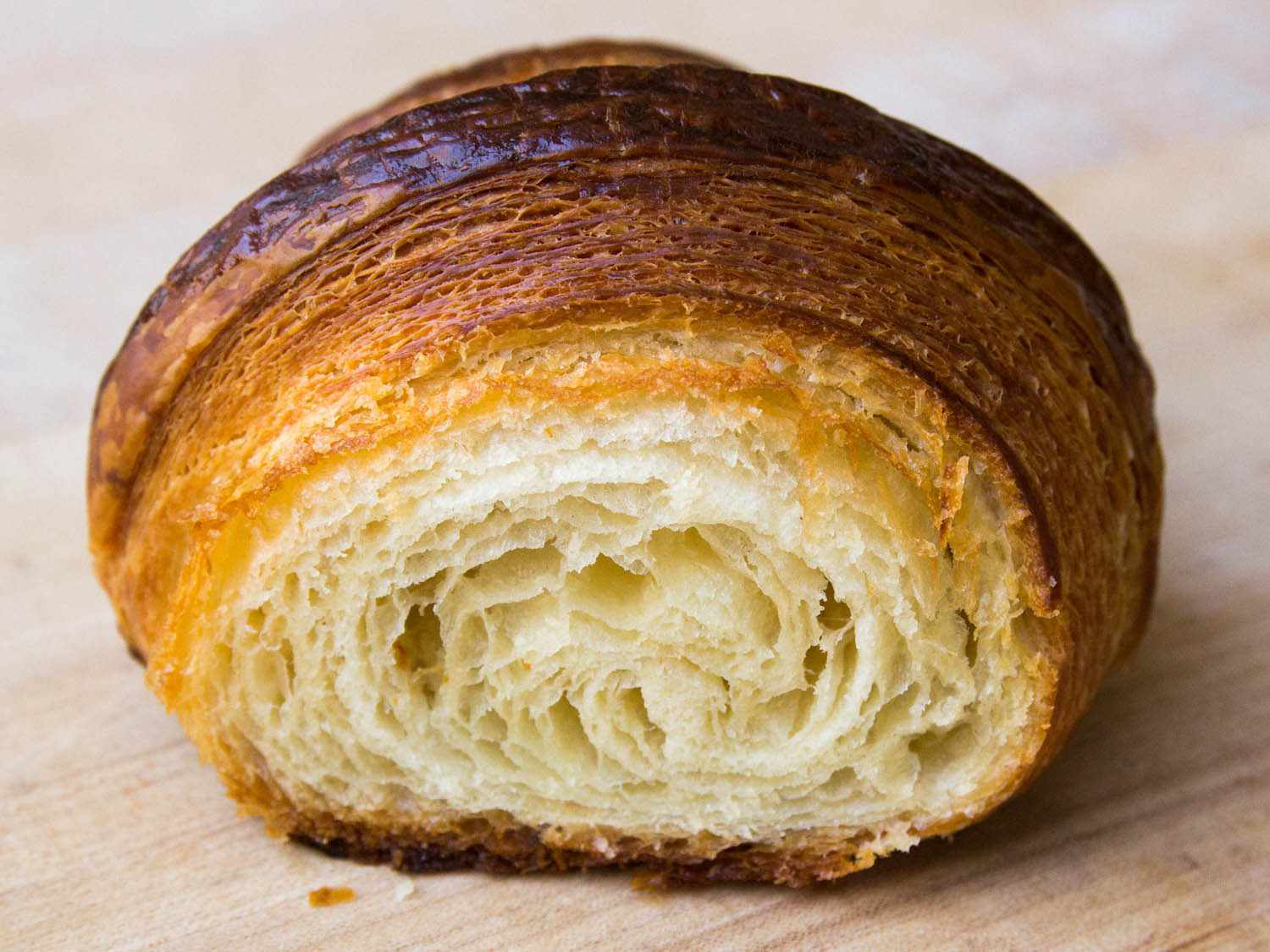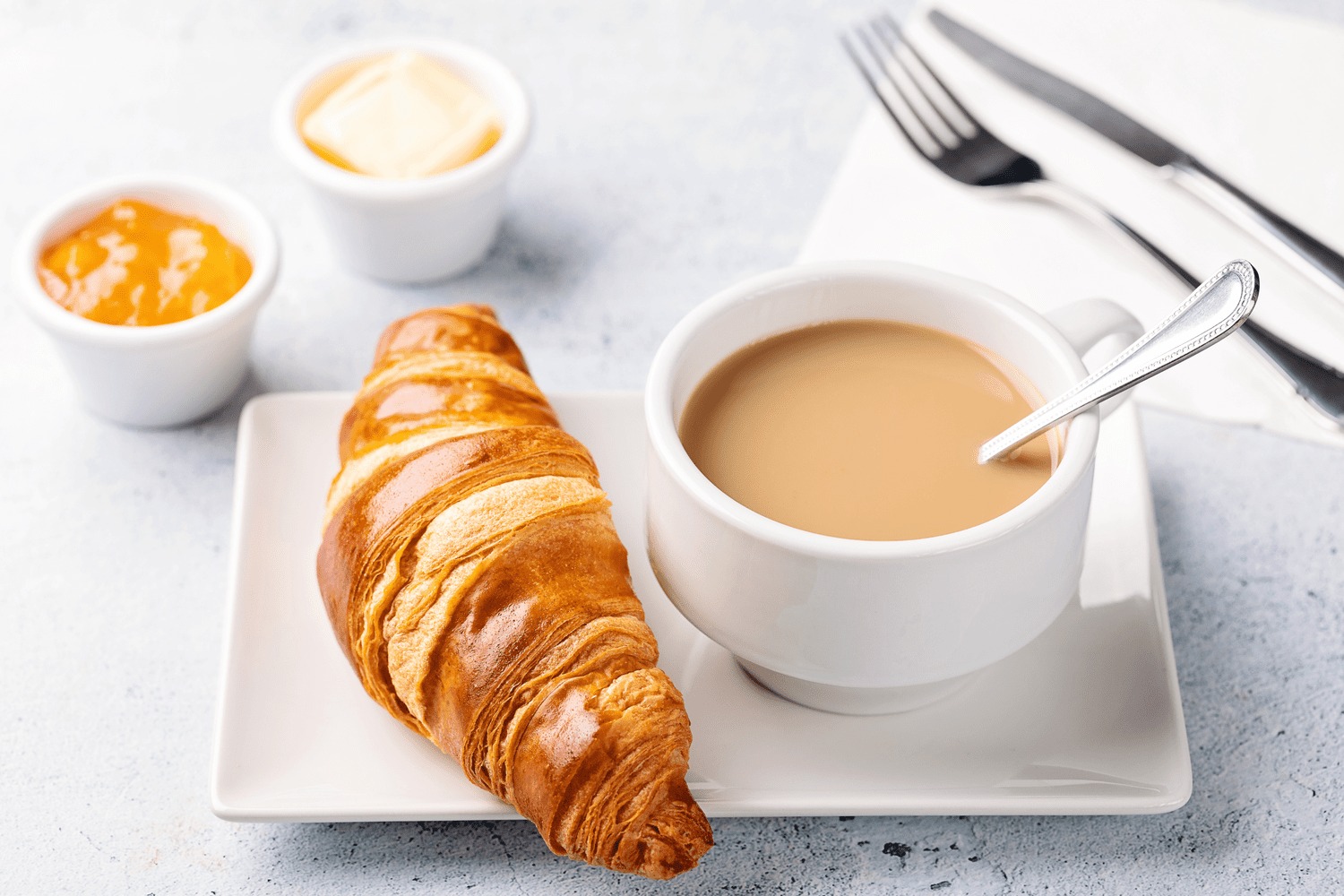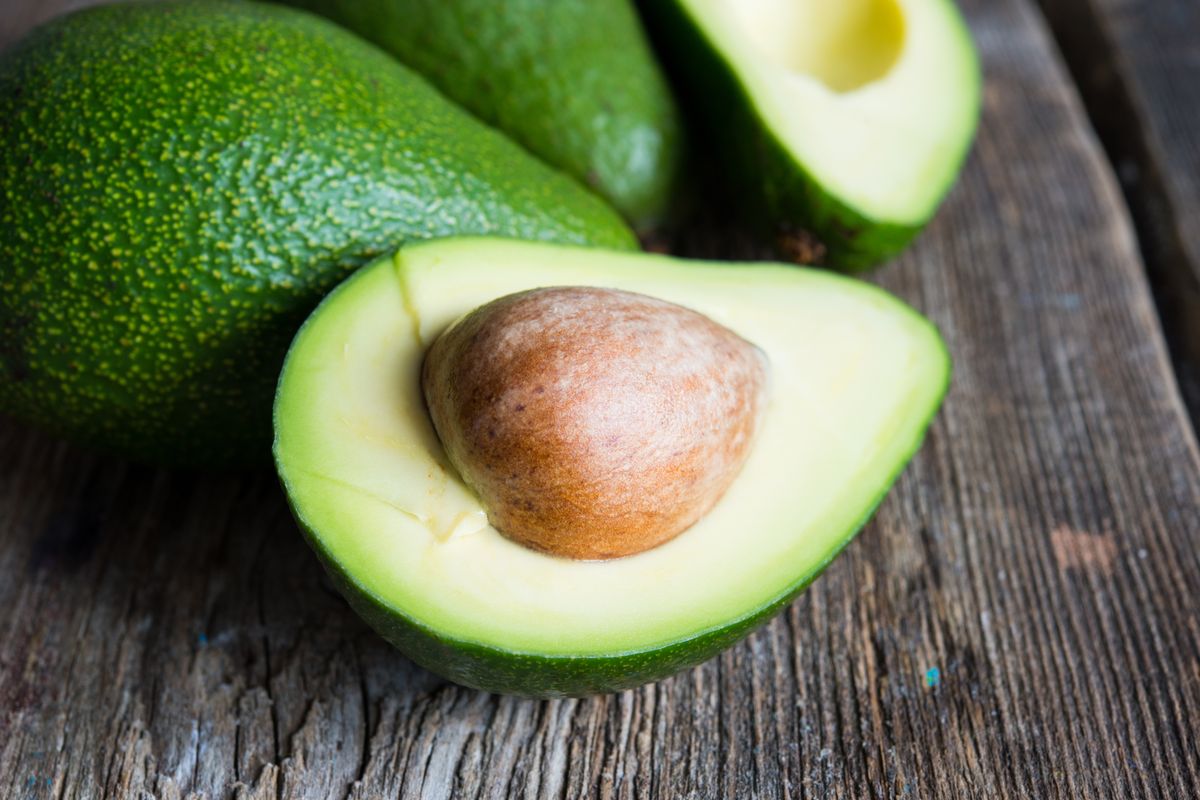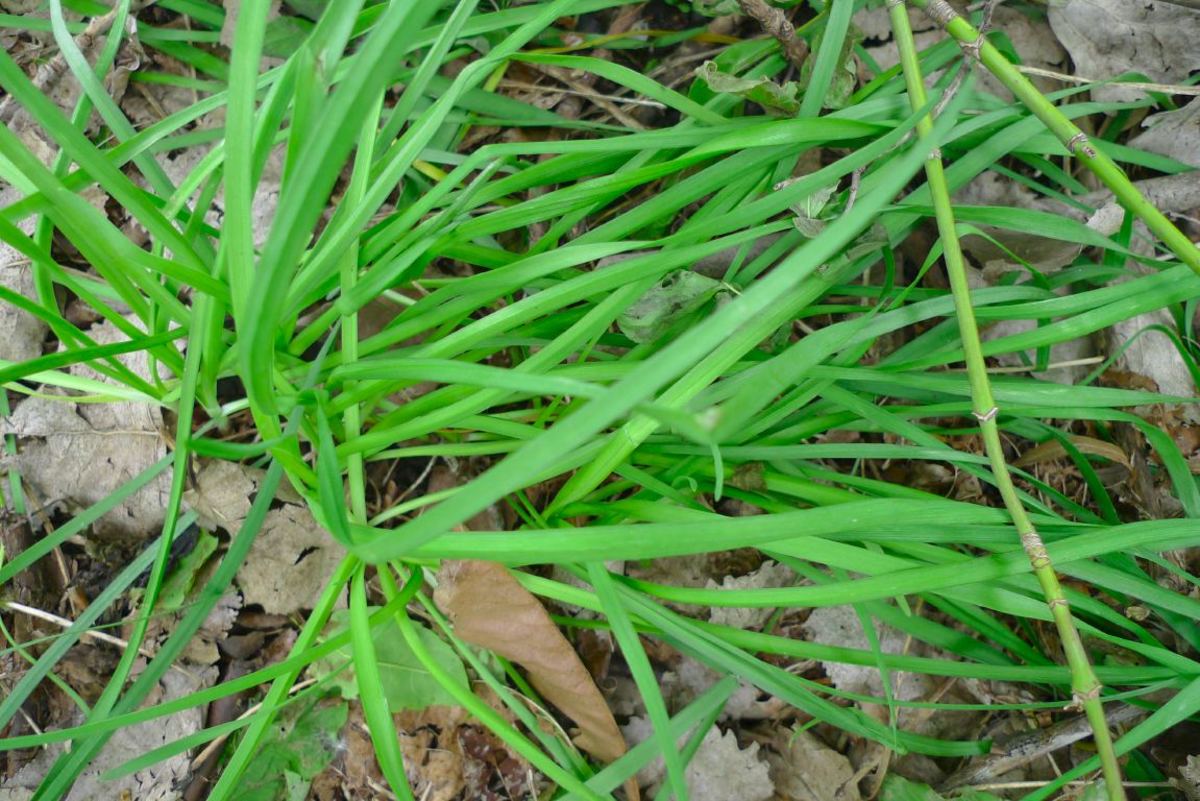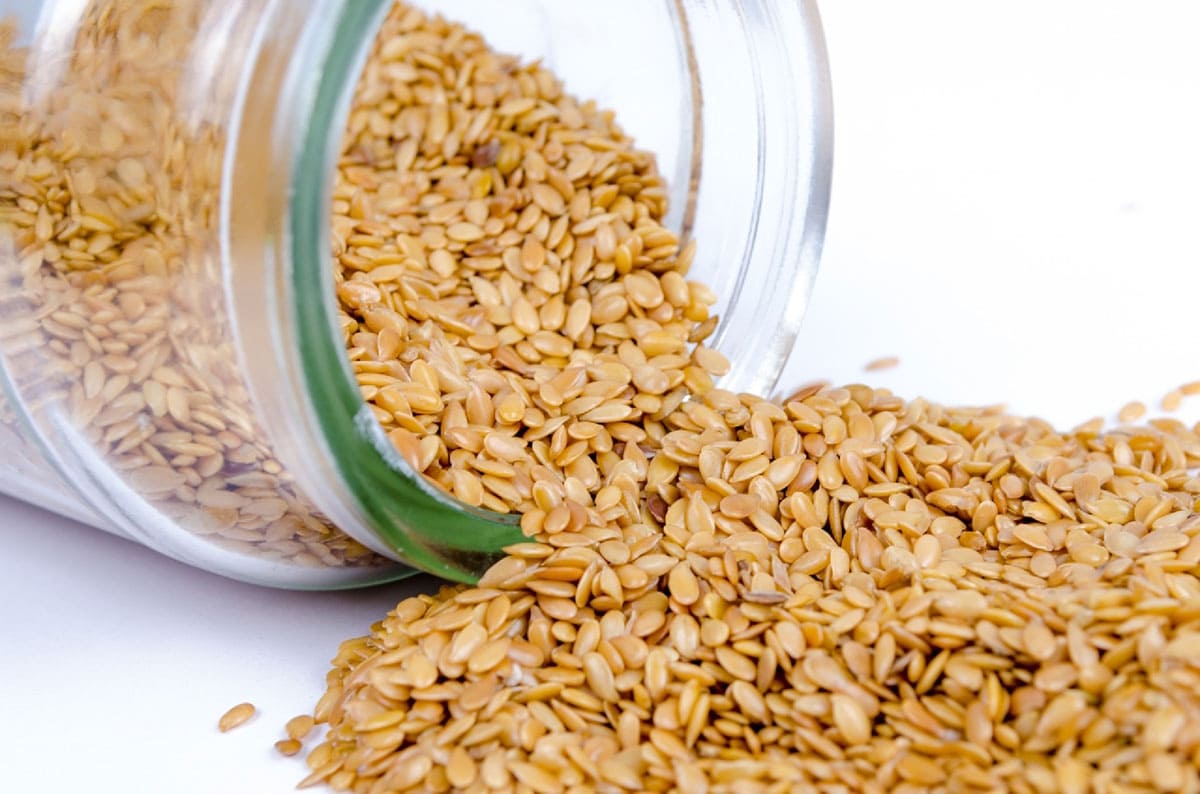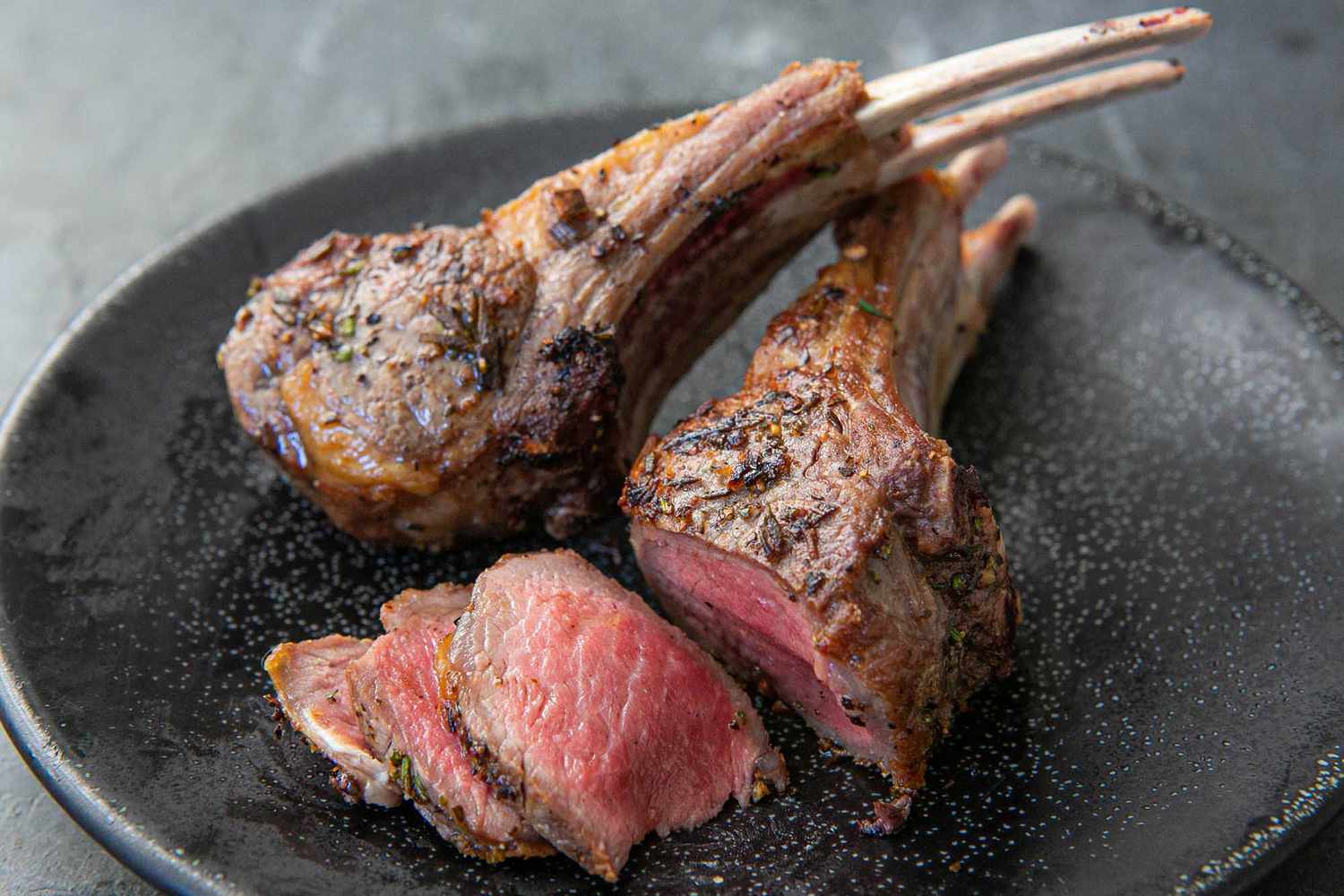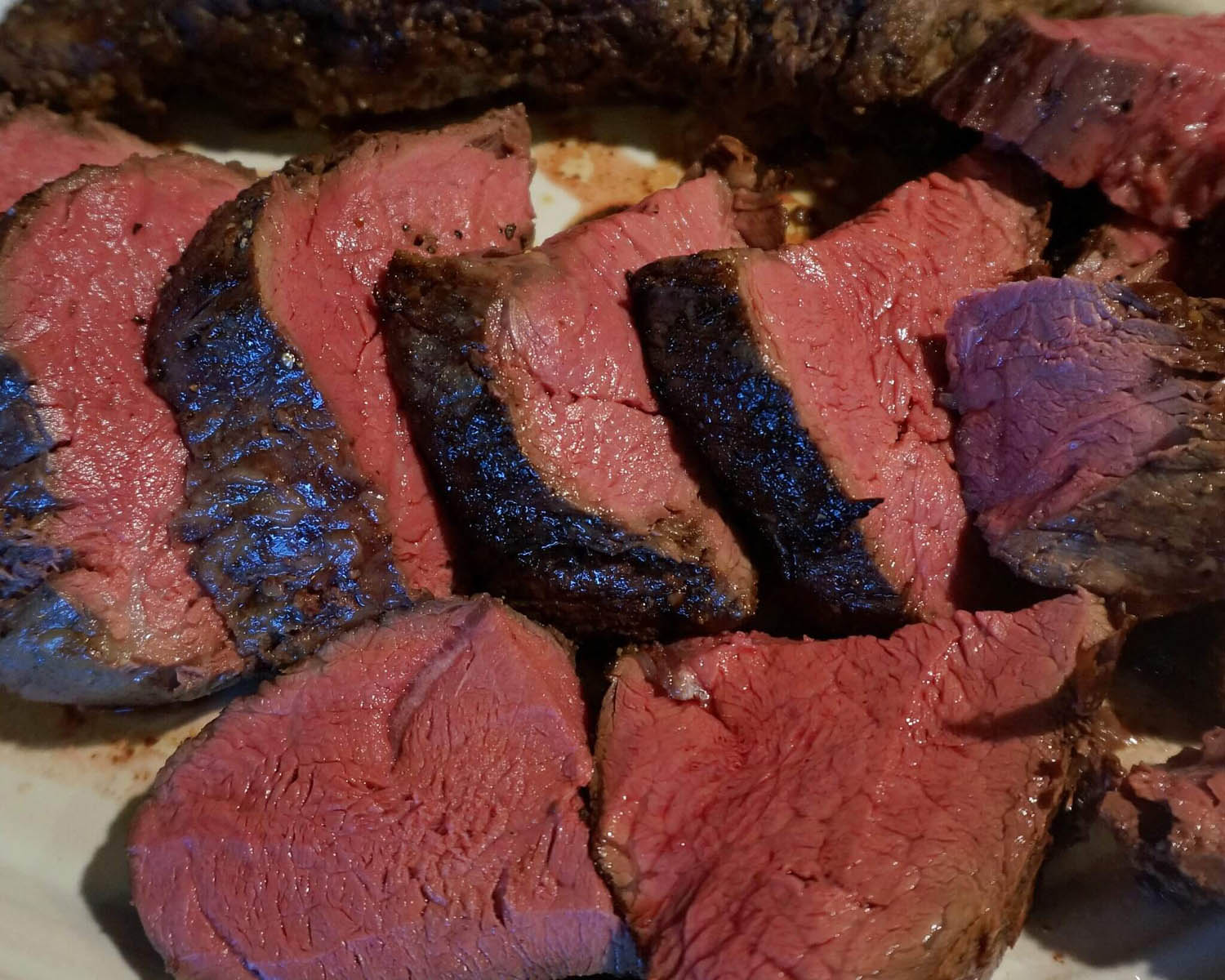Enjoying the Perfect Pair: Croissants and Coffee
There’s something undeniably satisfying about the combination of a flaky, buttery croissant and a steaming cup of coffee. Whether you’re starting your day with a quick breakfast or indulging in a leisurely brunch, the pairing of these two beloved treats is a timeless ritual that never fails to delight the senses.
Choosing the Right Croissant
Before you can enjoy the perfect croissant and coffee pairing, it’s essential to start with a high-quality croissant. Look for a bakery or café that takes pride in their pastries, and opt for a freshly baked croissant whenever possible. A good croissant should be golden brown, with a crisp exterior and a light, airy interior. The scent of butter should be unmistakable, promising a rich and indulgent experience.
Pairing with the Perfect Coffee
When it comes to choosing the right coffee to accompany your croissant, there are several options to consider. A classic choice is a simple black coffee, which allows the flavors of the croissant to shine through. If you prefer a creamier option, a latte or cappuccino can complement the buttery richness of the pastry. For those who enjoy a bit of sweetness, a flavored coffee or espresso drink can add an extra layer of indulgence to the pairing.
The Art of Eating a Croissant with Coffee
Now that you have your croissant and coffee in hand, it’s time to savor the experience. Here are some tips for enjoying this classic combination:
- Take a moment to appreciate the aroma: Before taking your first bite, inhale the scent of the freshly baked croissant and the rich, fragrant coffee. Let the anticipation build as you prepare to indulge in this delightful pairing.
- Break off a piece of croissant: With your hands or a utensil, gently tear off a piece of the croissant. Notice the delicate layers of pastry and the way it flakes apart, revealing the buttery interior.
- Dip and savor: Dip the croissant into your coffee, allowing it to soak up some of the warm liquid. Take a bite and savor the combination of flavors and textures. The contrast of the crispy, flaky croissant against the smooth, rich coffee is a true delight for the palate.
- Alternate bites: As you continue to enjoy your croissant and coffee, alternate between sips of coffee and bites of pastry. Pay attention to how the flavors of each complement and enhance one another, creating a harmonious experience.
Final Thoughts
Whether enjoyed as a quick morning pick-me-up or as part of a leisurely weekend brunch, the pairing of croissants and coffee is a simple pleasure that never fails to bring joy. By selecting the finest croissant, choosing the perfect coffee, and savoring each bite and sip, you can elevate this classic combination into a truly memorable experience.
So, the next time you find yourself in need of a comforting treat, consider indulging in a croissant and coffee. Take the time to appreciate the craftsmanship of the pastry, the artistry of the coffee, and the simple joy of savoring a moment of pure indulgence.
Exploring Further: Recipes and Creative Uses for Croissants and Coffee
Venturing beyond the traditional coffee and croissant pairing opens up a delightful array of culinary possibilities. For those eager to experiment, the Almond Croissant and Espresso Delight and Chocolate Croissant and Cafe Mocha Fusion offer a perfect balance between sweet and robust flavors. These combinations enhance the buttery richness of croissants with complementary coffee profiles, making them ideal for a refined breakfast or sophisticated snack. Particularly recommended is the Raspberry Croissant and Cappuccino Experience, where the tartness of raspberries pairs exquisitely with the creamy froth of a well-brewed cappuccino. Each recipe is designed to refine your palate and elevate your coffee break into a more indulgent affair.

